Markets Adjust to Policy Drift as Powell’s Successor Nears

Metals outperform, bitcoin cools, and custom silicon reshapes tech leadership in a year defined by policy uncertainty.
Markets have already priced next week’s rate cut, reducing the December meeting to a procedural event. The surprise is political rather than monetary. Donald Trump has telegraphed that he has selected Jerome Powell’s successor and will announce the new chair early next year. Investors are trading under two regimes at once: the Fed we have, and the Fed about to arrive.
That transition matters. It introduces fresh uncertainty into term premia at a time when markets had hoped for clarity and stability. With the policy anchor shifting, asset leadership is starting to rearrange itself.
Gold and silver are the first to reflect the drift. Both metals are breaking higher as investors hedge the possibility that real yields will not return to their pre-pandemic ranges. Bitcoin, despite its “hard money” narrative, has trailed metals and equities throughout 2025. In a year where geopolitical and policy risks dominate, assets with sovereign and central-bank sponsorship continue to outperform instruments that rely on sentiment or brand identity for support.
Inside equities, the AI narrative is broadening. Google and Amazon are amplifying investments in custom silicon, reducing Nvidia’s dominance and creating a more distributed hardware ecosystem. The era of AI as a single-ticker trade is ending. As money cheapens and capex accelerates, the economics of who controls compute—and the energy required to run it—becomes a macro factor rather than a niche technical variable.
Geopolitical risk remains a muted but persistent backdrop. The war in Ukraine continues with no clear endgame. Markets have partially priced it out, but it still shapes defense spending, energy flows, and Western political cohesion. None of this is peripheral; together, these dynamics form a single regime shift rather than disconnected storylines.
The through-line is that the cloud is becoming physical.
Compute is migrating from an abstract idea to a resource-heavy system of power lines, land, cooling, and policy. The market is beginning to price the shift from software narratives to the infrastructure that fuels them.
This Week’s Deep Dive
The full deep dive examines how these forces converge in a real project: a giga-scale, multi-fuel energy–compute campus—and why it illustrates the investment architecture behind a potential 2.5x clean-energy opportunity. To access the complete analysis and investor notes, become a paid subscriber for only $0.30 per day. If you’re not quite ready for that, remember you can try the 7-day free trial.
.svg)
.svg)
.svg)

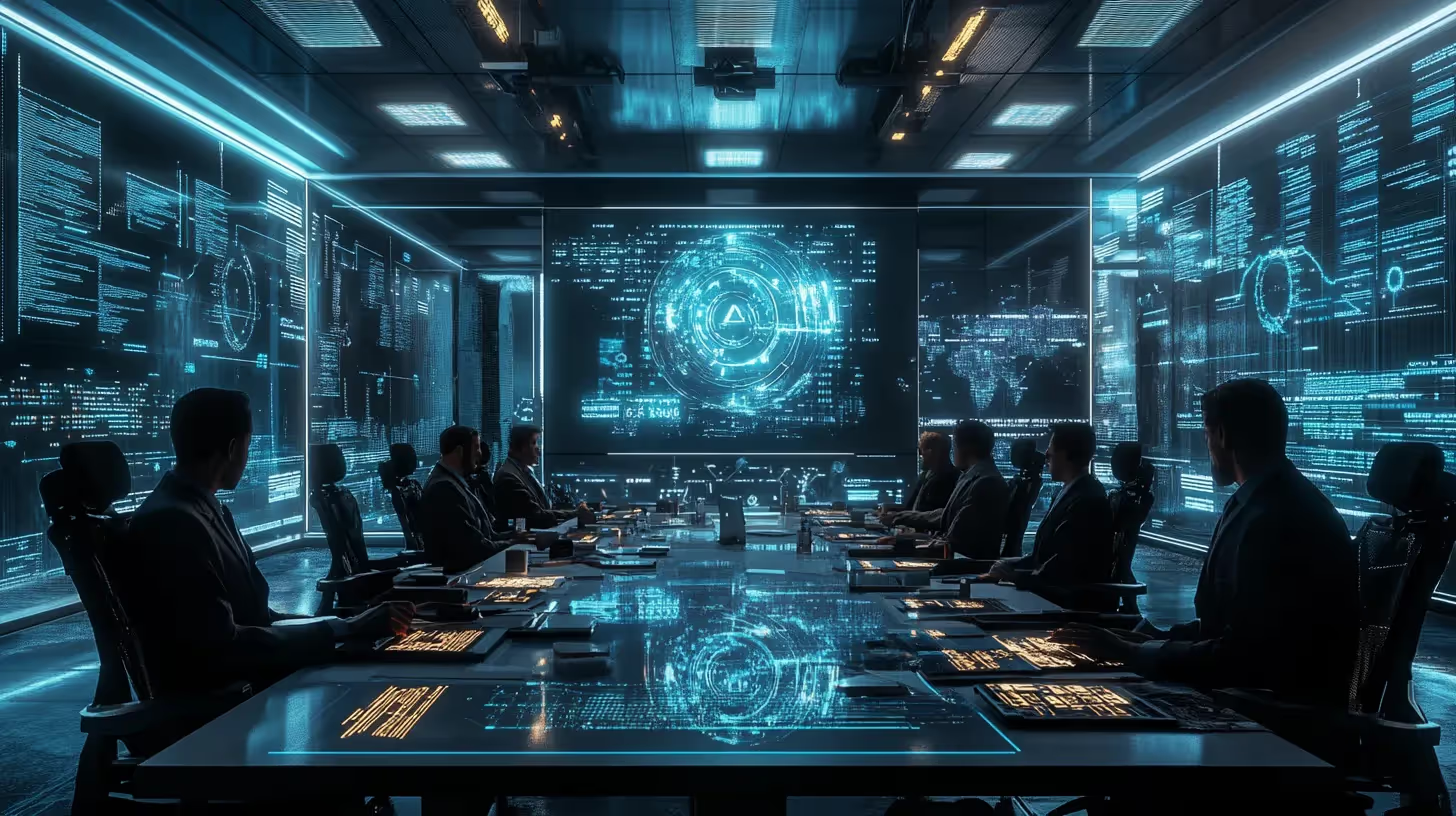
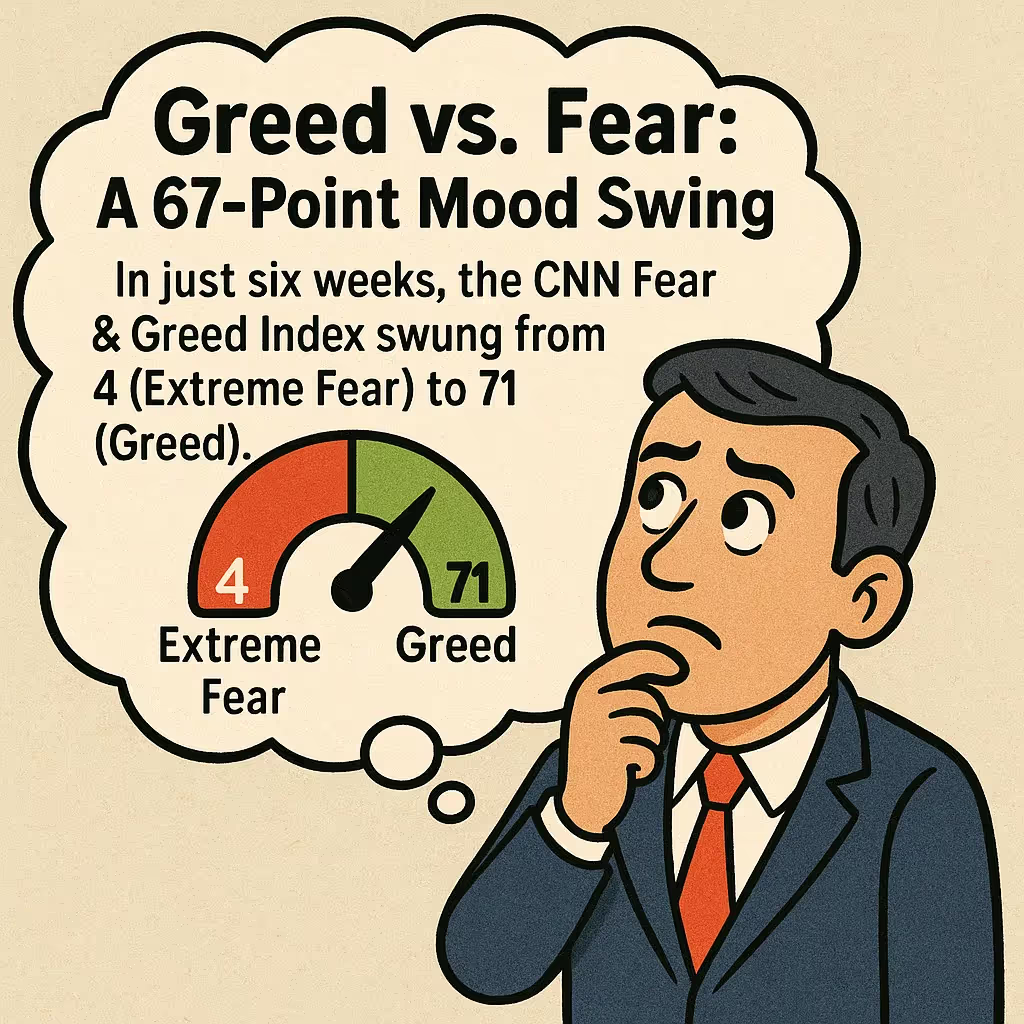


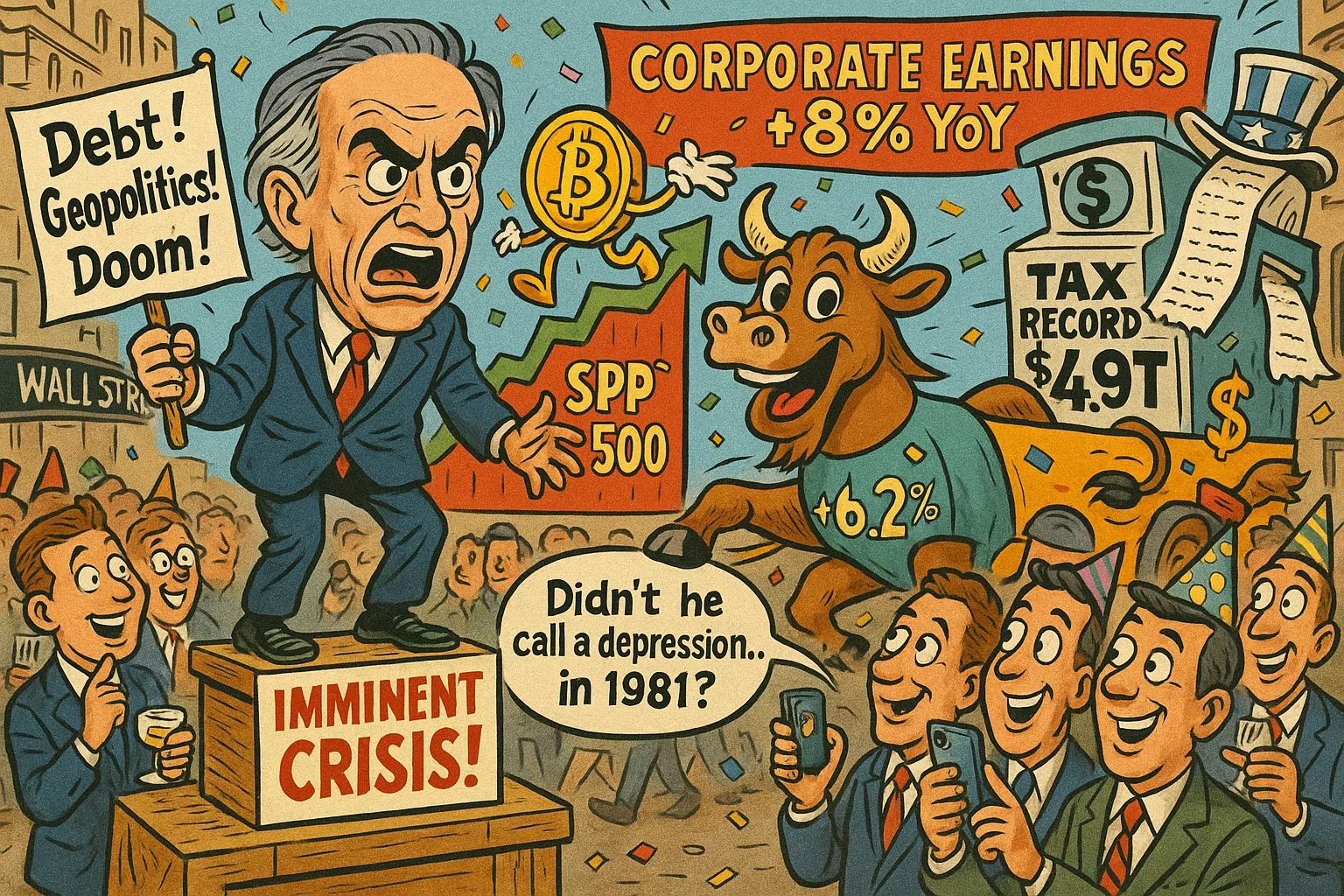

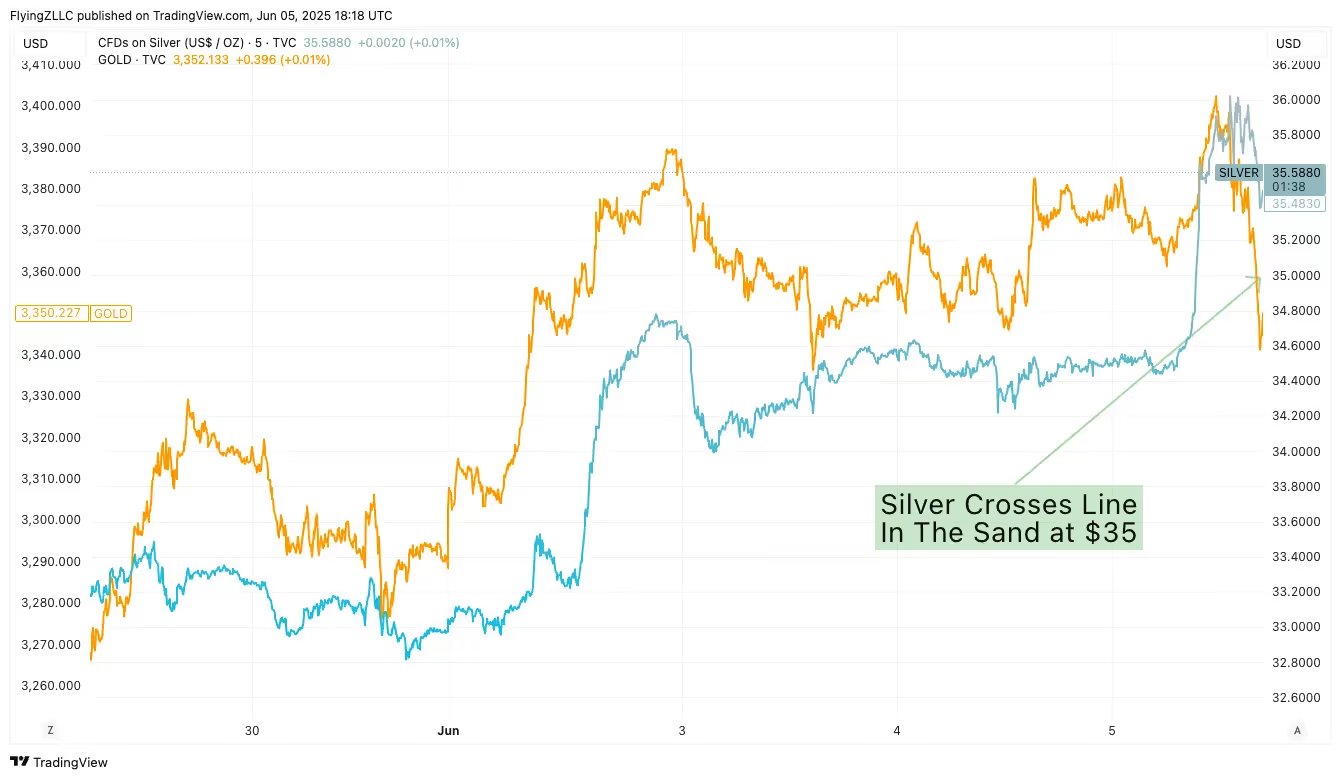
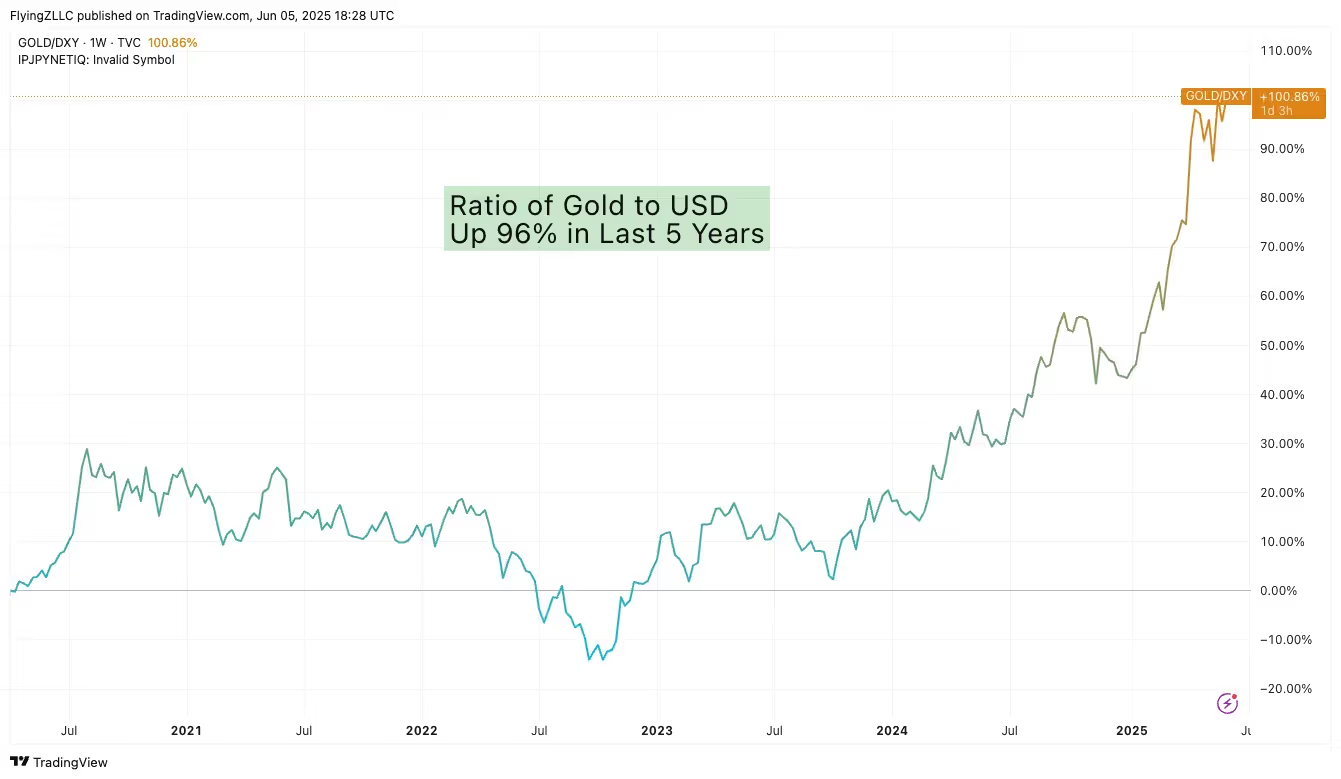
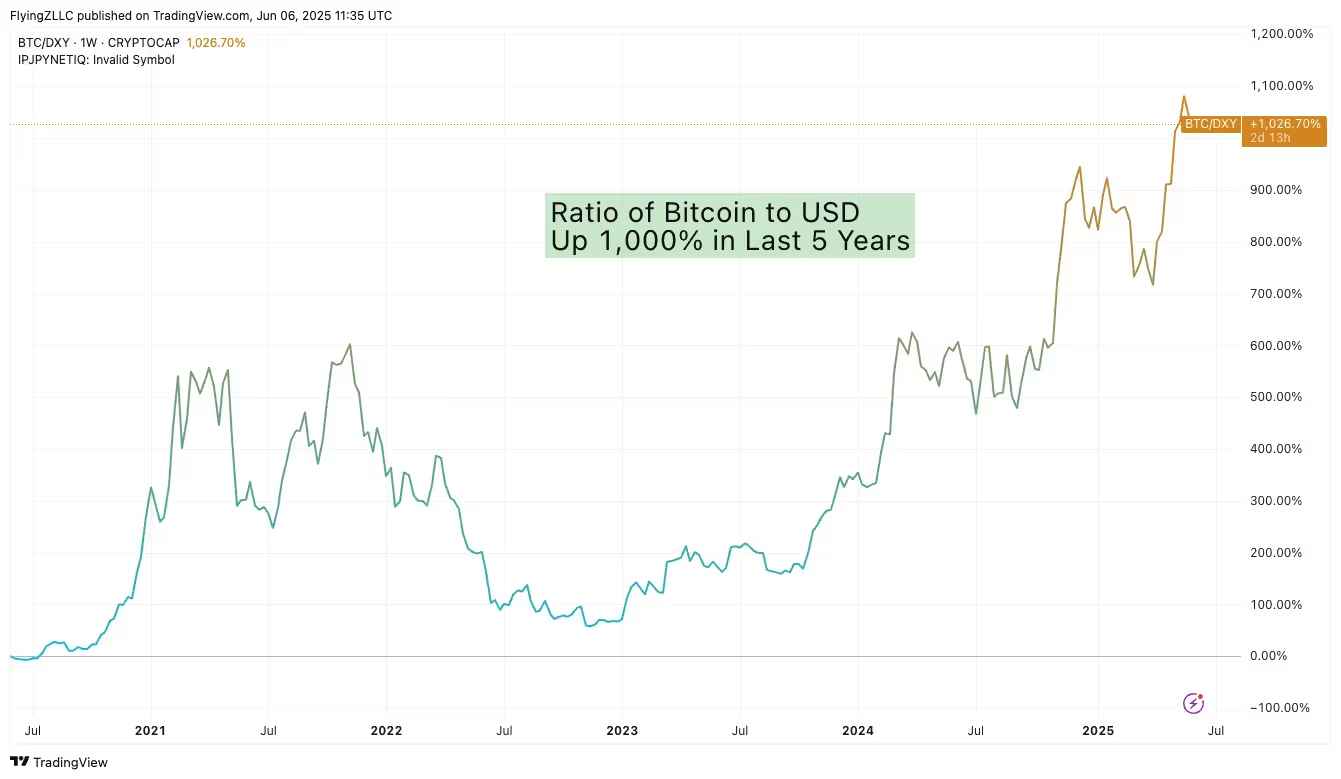
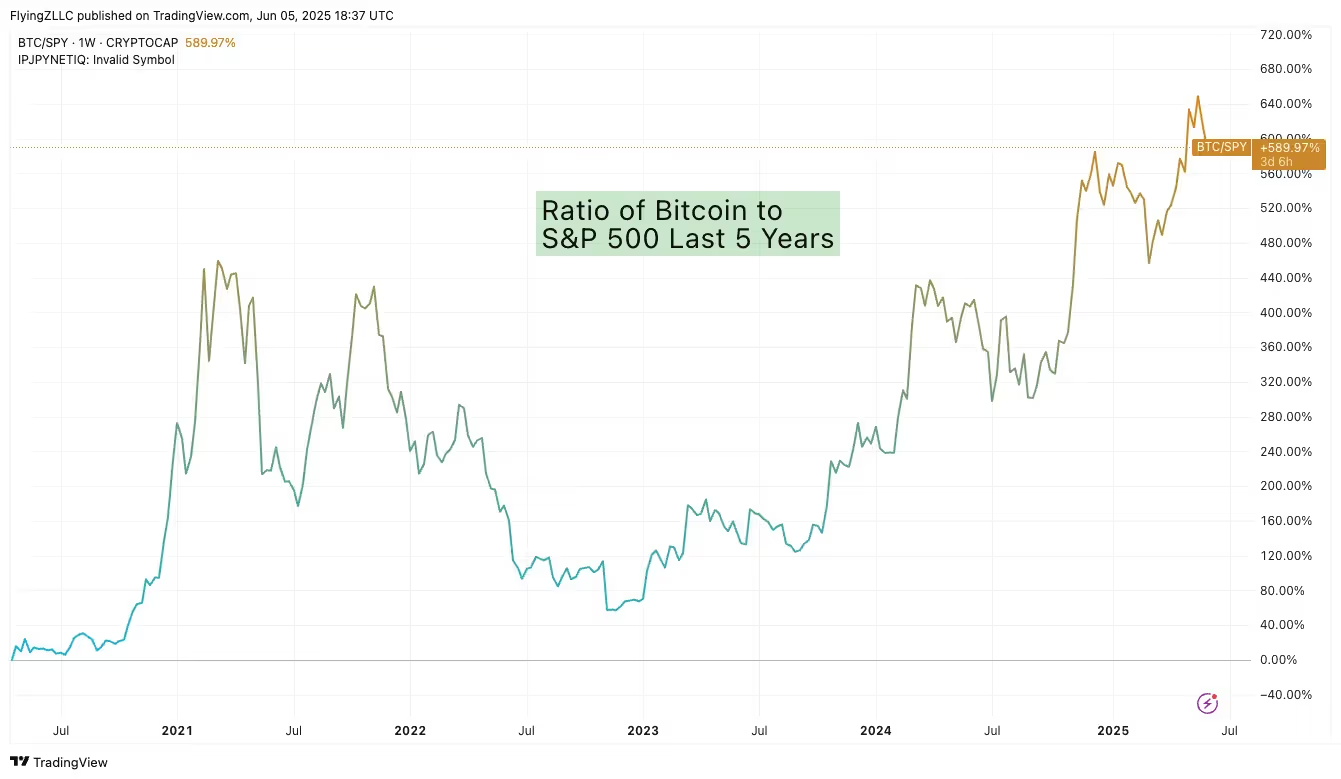
.avif)
.svg)
.svg)



